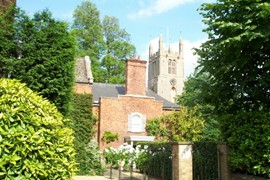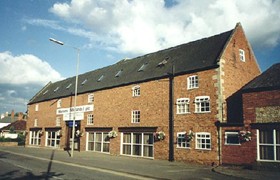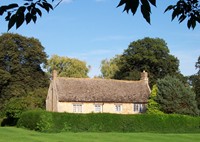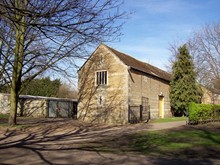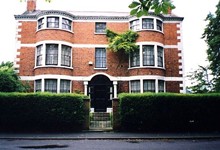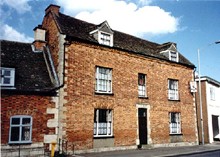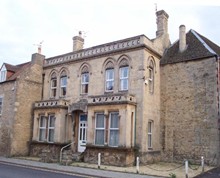|
- The market town of Bourne, Lincolnshire, England - |
Some interesting buildings around Bourne
|
|
Brook Lodge in South Street was built as the vicarage in 1776 but sold by the church in 1879 because the vicar found it too small and in recent years the property has been converted into flats. |
|
The Burghley Arms in the town centre was the birthplace of William Cecil, trusted advisor to Queen Elizabeth I, but has been a hostelry since circa 1717 and after a spell as the Bull and Swan and then just the Bull Inn or hotel, its present name was adopted in 1955. |
|
|
|
|
|
|
||
|
|
The 18th century stone building in the Wellhead Gardens is appropriately known as the Wellhead Cottage, reputedly built from stone salvaged from Bourne castle. There was once a farmstead here known as Castle Farm, reputedly built on the site of the castle although not firm evidence has yet been established over its existence. |
|
Tradition has it that some of the stones from Bourne castle were also used to construct the Shippon barn which can also be found in the Wellhead Gardens and contains several cross-bow slits. The name shippon puzzles many people but simply comes from the Old English meaning cattle shed or cowhouse, a reference that can by found in The Pickwick Papers by Charles Dickens. |
|
|
The grand Regency style town house in Eastgate has had a chequered history but is best known as the lifelong home of the motor racing pioneer Raymond Mays who founded and ran the famous BRM from this town. |
|
|
|
The elegant town house which can be seen in South Street as your enter Bourne is Cavalry House which takes its name from a previous owner, Thomas Rawnsley, who raised a troop of cavalry during the 18th century to fight Napoleon if he ever invaded England but Bony never came. |


